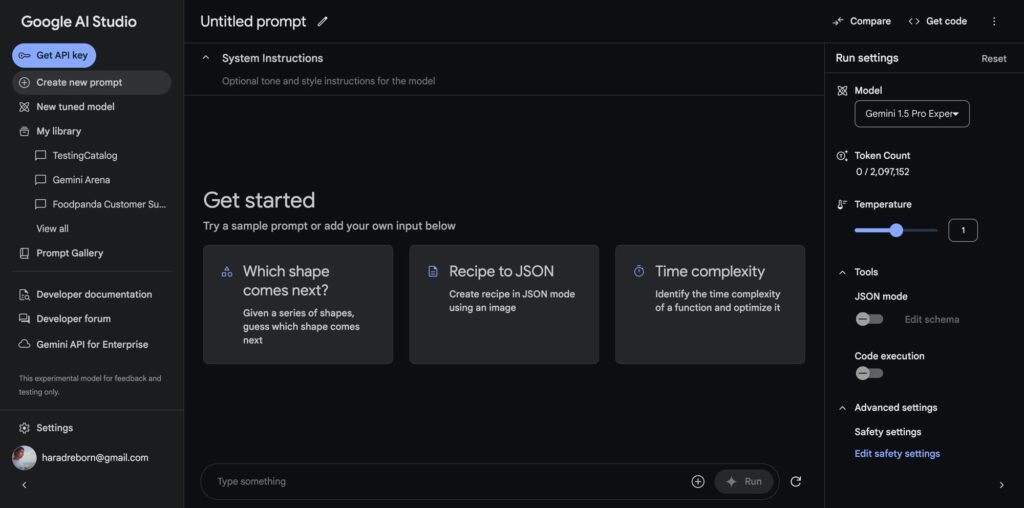Artificial Intelligence is no longer something that lives only in the cloud. With Google Gemini Nano, the tech giant is bringing advanced AI directly into our smartphones. This lightweight model from the Gemini family is designed to run on-device, offering speed, privacy, and powerful features without depending entirely on the internet.
In this blog, we’ll dive into what Gemini Nano is, how it works, its key features, benefits, and limitations — and why it could change the way we use our phones every day.

🔍 What is Google Gemini Nano?
Gemini is Google DeepMind’s family of AI models, ranging from powerful large models (like Gemini Ultra) to lighter ones like Gemini Nano. While Ultra and Pro are meant for cloud-based tasks requiring heavy processing, It is built for efficiency and portability.
The main goal of Gemini Nano is to bring AI capabilities directly to smartphones and apps, making them smarter while respecting user privacy. Instead of always sending your data to Google’s servers, Nano can handle many tasks locally on your device.
⚙️ Key Features of Gemini Nano
Here are some of the most important features:
- On-device performance – Runs directly on your smartphone, meaning no need for constant cloud access.
- Smart Reply and summarization – Helps apps like messaging and notes suggest replies, summarize text, and more.
- Privacy-focused – Because data doesn’t leave your device in many cases, it’s safer and more private.
- Multimodal capabilities – Works with different types of inputs (text, images, maybe even audio) depending on your device.
- Developer tools – Google provides APIs so developers can build Nano-powered features into their apps.
💡 Benefits of Gemini Nano
So why does it matter?
- Speed: On-device processing reduces lag compared to sending everything to cloud servers.
- Privacy: Sensitive data can stay on your phone, giving you more control.
- Offline capabilities: Many tasks can work even without internet.
- Efficiency: It’s optimized to use less memory and processing power compared to larger models.
- Innovation for apps: Developers can integrate AI functions like text generation or summarization directly into apps, unlocking new possibilities.
⚠️ Limitations of Gemini Nano
Like any technology, it also has limitations:
- Hardware requirements: Not every phone supports it. Currently, high-end devices like the Pixel 8 Pro, Pixel 9 series, and Samsung Galaxy S24 series are compatible.
- Less powerful than cloud models: Complex reasoning tasks may still need larger models like Gemini Ultra or Pro.
- Partial rollout: Gemini Nano is being rolled out gradually, so not all regions or devices have access yet.
- Limited offline scope: While it handles many tasks locally, some advanced features still require internet.
📱 How Does Gemini Nano Compare to Cloud Models?
Gemini Nano isn’t trying to replace larger AI models like Gemini Ultra or cloud-based tools such as GPT-4. Instead, it complements them. Nano gives you everyday AI features at your fingertips, as Picassomultimedia a leading digital marketing agency, brings all digital services under one umbrella, while Ultra or Pro handle more advanced, resource-heavy tasks in the cloud.
Think of it this way:
- Nano = your personal assistant inside the phone
- Ultra/Pro = the powerful AI in the cloud for deeper, more complex tasks
🚀 Why Gemini Nano is the Future of Mobile AI
The smartphone has already become the hub of our digital life. With Gemini Nano, Google is making sure that AI becomes a natural extension of your mobile experience. Whether it’s smarter replies, better app integrations, or privacy-focused processing, this model pushes the boundaries of what’s possible with on-device AI.
As Google continues to expand Gemini Nano across devices and developers start building new features around it, we can expect a future where our phones aren’t just smart — they’re AI-powered companions that work faster, safer, and more privately.
✅ Final Thoughts
Google Gemini Nano is a big step forward in making AI more accessible, private, and practical. By bringing advanced AI directly to our devices, it bridges the gap between cloud computing and everyday smartphone use. While it’s not as powerful as the larger models, its balance of efficiency and usefulness makes it one of the most exciting innovations in mobile AI today.
If you own a supported device, keep an eye out for Gemini Nano features in your apps — the way you interact with your smartphone may never be the same again.

